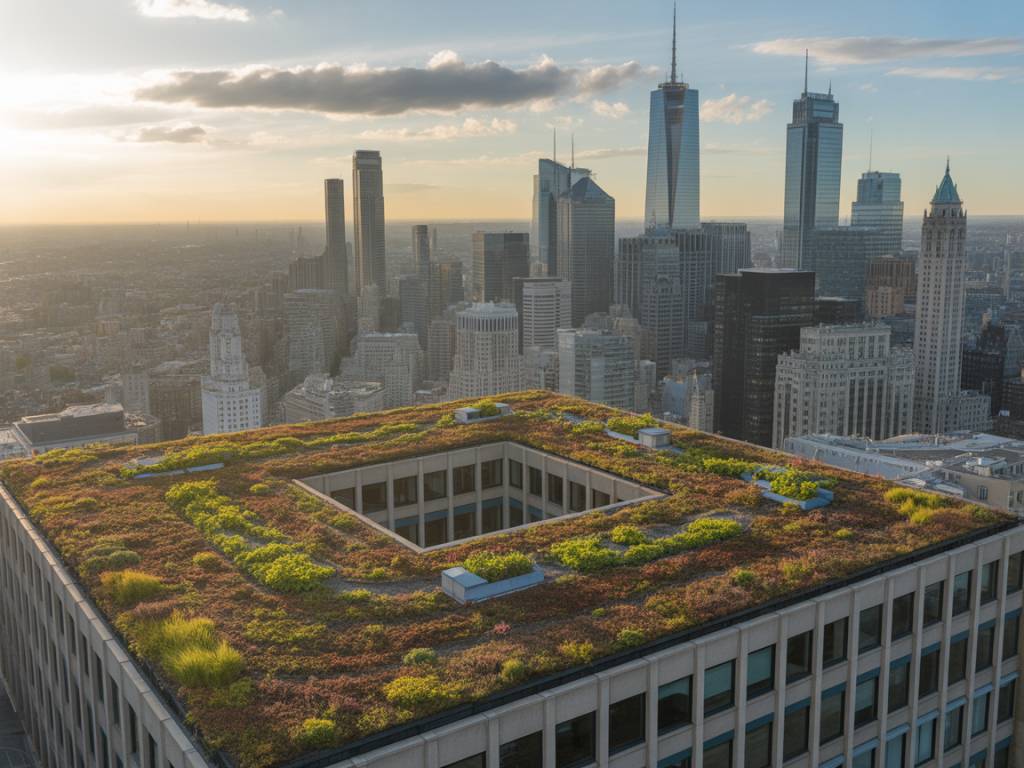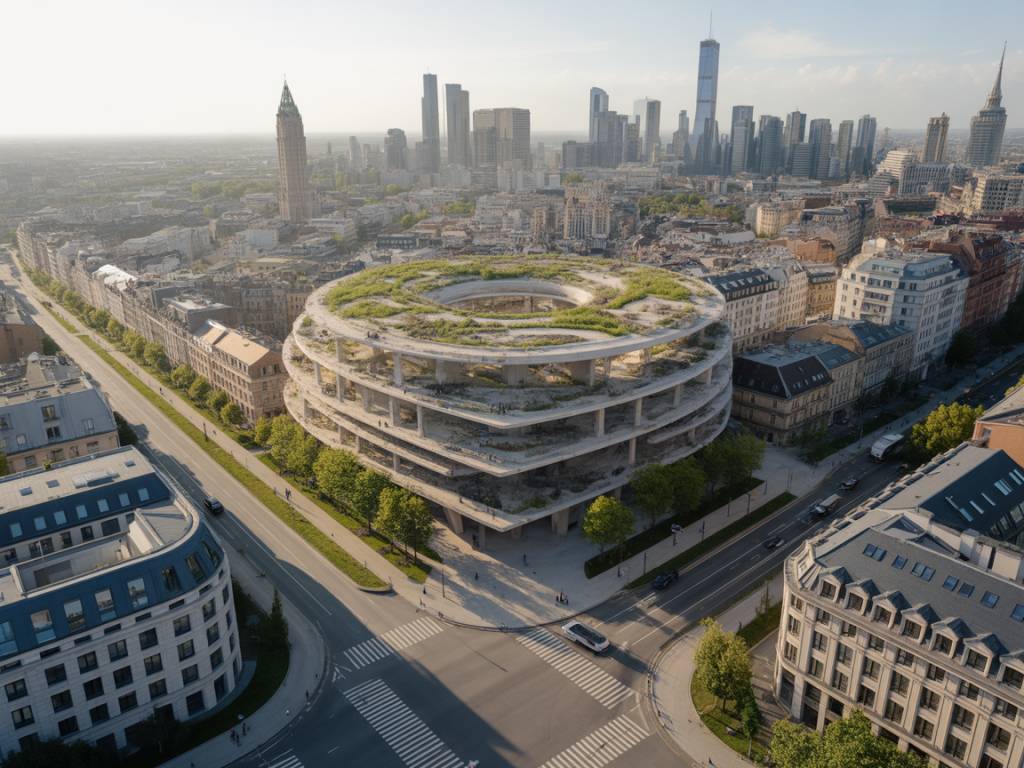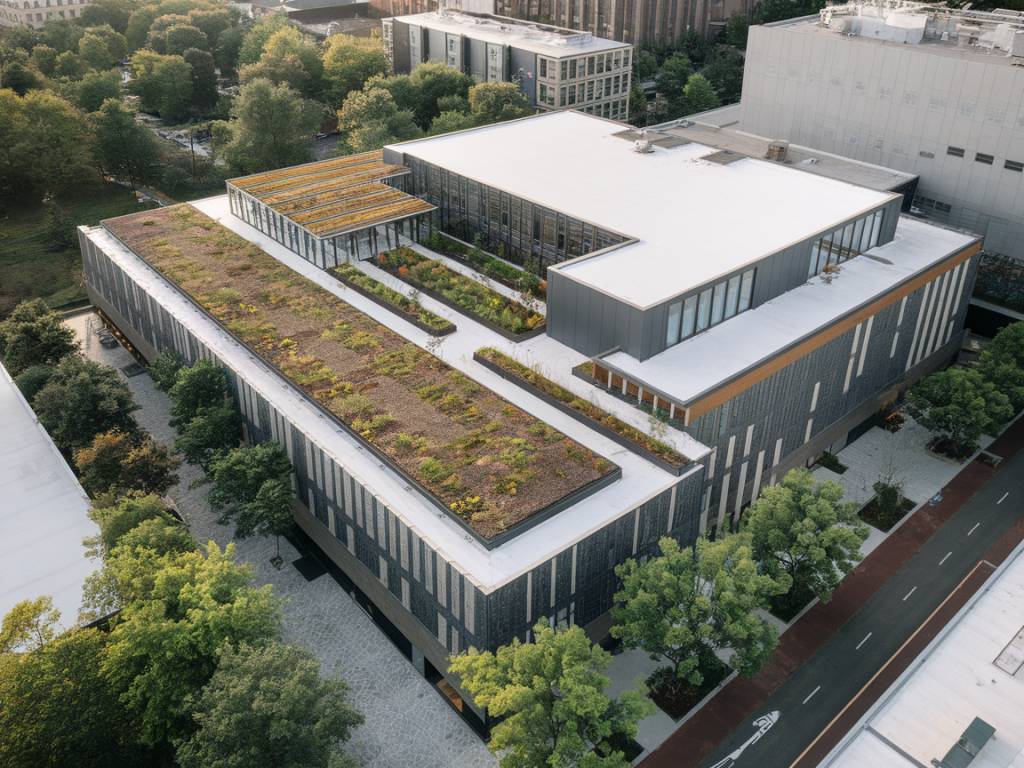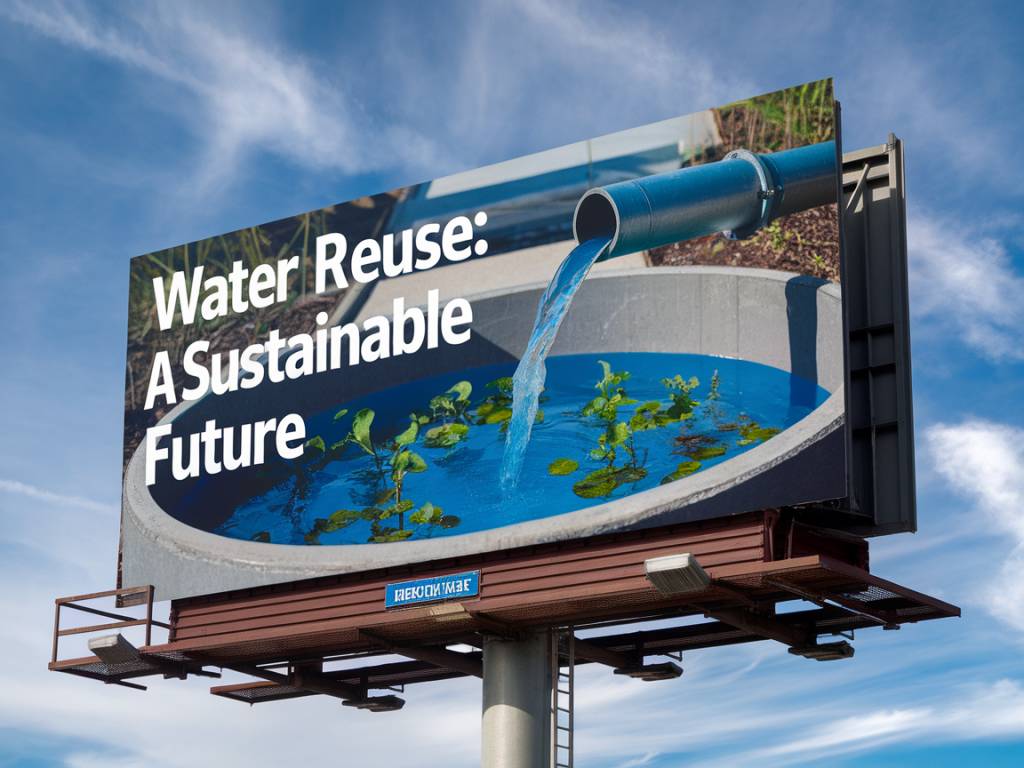Introduction to Green Roofs and Urban Farming
As global urbanization continues at an unprecedented pace, cities around the world are seeking sustainable solutions to address environmental, social, and economic challenges. Among the most promising innovations are green roofs and urban farming, which are steadily transforming the skylines of major metropolitan areas. These green infrastructures not only beautify urban environments but also contribute to a more sustainable future by improving air quality, regulating building temperatures, and promoting local food systems.
Green roofs and urban agriculture are no longer experimental concepts. They are integral components of modern urban planning, driven by concerns over climate change, urban heat islands, food insecurity, and biodiversity loss. In this article, we explore how these solutions are reshaping our cities and paving the way for a resilient urban ecosystem.
What Are Green Roofs?
Green roofs, also known as living roofs or vegetative roofs, are rooftop surfaces covered with vegetation. These systems typically include multiple layers: a waterproof membrane, root barrier, drainage layer, and a growing medium that supports plants. There are two primary categories of green roofs:
- Extensive green roofs: Low-maintenance systems with shallow soil depths, typically planted with sedums and grasses.
- Intensive green roofs: Deeper substrates that can support shrubs, trees, and even small urban farms, requiring more maintenance and structural support.
Regardless of the type, green roofs offer a wide range of environmental and economic benefits that make them attractive to building owners, municipalities, and developers.
Environmental Benefits of Green Roofs
Green roofs are a powerful tool in the fight against urban climate issues. Among their many environmental advantages are:
- Urban heat island mitigation: By absorbing and reflecting less heat than traditional rooftops, green roofs reduce city-wide temperatures and lessen the demand for air conditioning.
- Improved air quality: Plants on green roofs capture airborne pollutants and filter particulate matter, contributing to cleaner urban air.
- Stormwater management: Vegetative rooftops absorb rainfall, reducing runoff and decreasing the burden on urban sewage systems.
- Enhanced biodiversity: They provide habitats for birds, insects, and pollinators that are increasingly rare in dense city centers.
These benefits contribute significantly to the ecological resilience of urban areas, making green infrastructure an essential element of sustainable city planning.
Economic and Social Impacts
Beyond their environmental advantages, green roofs and urban farming generate substantial economic and social returns. For property owners, green roofs extend the lifespan of roof membranes, reducing maintenance and replacement costs. They also improve building insulation, leading to lower energy bills in both summer and winter.
From a social perspective, accessible green roofs serve as communal spaces that promote wellbeing and provide educational opportunities. In many cases, they help strengthen neighborhood ties by bringing residents together through gardening and food production initiatives. Cities like New York, Toronto, and Copenhagen have adopted policies that encourage or even mandate green roofs, viewing them as tools for enhancing urban livability and resilience.
What Is Urban Farming?
Urban farming—or urban agriculture—is the practice of cultivating, processing, and distributing food in or around cities. It takes many forms, including rooftop farms, vertical gardens, community gardens, and indoor hydroponic or aquaponic systems.
Unlike traditional agriculture, urban farming emphasizes local, small-scale food production that reduces dependence on complex supply chains. It aligns closely with sustainable development goals, particularly regarding food security, public health, and environmental conservation.
Rooftop Urban Farms: Sky-High Food Solutions
Rooftop urban farming is a key intersection between green roofing and food production. In cities where land is scarce and expensive, rooftops offer underutilized space ideal for growing fresh produce. These farms can range from personal garden plots to commercial-scale operations.
Notable examples include Brooklyn Grange in New York City, one of the world’s largest rooftop soil farms, and Lufa Farms in Montréal, which operates greenhouse-based farms on commercial rooftops year-round. These initiatives not only supply thousands of pounds of fresh produce to local consumers but also serve as hubs for community engagement and environmental education.
Key Benefits of Urban Farming
- Local food production: Enhances food security by providing fresh fruits and vegetables close to where people live.
- Reduction in food miles: Lowers greenhouse gas emissions associated with long-distance food transportation.
- Job creation: Supports employment opportunities in farming, distribution, education, and food services.
- Public health: Encourages healthy eating habits and greater awareness of food origins.
Urban farms play a critical role in fostering more resilient and self-reliant communities, particularly in food deserts and economically disadvantaged neighborhoods.
Challenges and Considerations
While green roofs and urban farming offer compelling benefits, there are challenges to widespread implementation. Cost remains a significant barrier: the initial investment for green roofs or rooftop farms can be high, especially for retrofits on older buildings. Structural engineering assessments are often required to ensure a roof can support the additional weight.
Moreover, urban farmers must navigate complex zoning laws, food safety regulations, and access to water and resources. In some cases, lack of public awareness or political will can slow the adoption of these green solutions.
Policy and Urban Planning Support
Municipal and national policies play a pivotal role in supporting green roofs and urban agriculture. Cities that lead in this field typically offer incentives such as tax rebates, grants, expedited permits, and technical support for green infrastructure projects.
For instance, Toronto became the first North American city to require green roofs on new private buildings in 2009. Similarly, Paris has set ambitious targets in its urban plan to transform rooftops into green or food-producing spaces. Supportive regulations and investment frameworks create the foundation for scaling these initiatives across urban landscapes.
The Future of Green Infrastructure in Cities
As cities confront the dual pressures of climate change and population growth, integrating green infrastructure will be essential. Green roofs and urban farming are more than aesthetic enhancements—they are multifunctional assets that improve urban resilience, foster community, and contribute to a circular economy.
Looking ahead, emerging technologies in smart agriculture, such as IoT sensors, drones, and climate-controlled environments, will further optimize urban farming practices. Coupled with data-driven urban planning, these tools can help scale sustainable development in areas that need it most.
From Sao Paulo to Singapore, the global trend is clear: cities that invest in rooftop gardens and urban agriculture are not only mitigating environmental impacts but also rewriting what it means to live sustainably in the Anthropocene.




